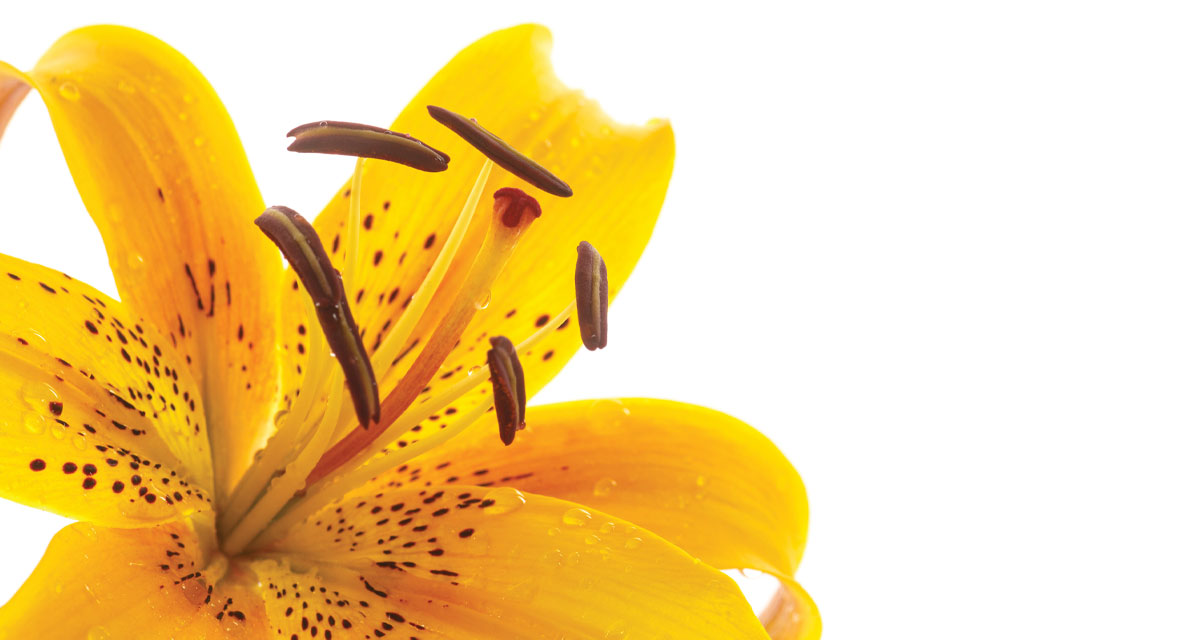Choosing perennials for the ideal location in your garden can be a daunting task. While there is an immediate impulse to purchase many plant favorites and colors, start with the following questions.
- Is the soil shallow or deep?
- How does the soil appear after a rainstorm? Do puddles remain after an hour or does it drain quickly?
- What are the total hours of full sunlight?
Every flower has a need. Planting lavender next to a begonia will lead to one plant’s death. While one thrives in direct sunlight and drought conditions, the other loves frequent watering. Take the time to read seed or plant labels carefully, ensuring that you fulfill the essential requirements before planting.
Soil Preparation
All living things need a nurturing environment to grow; therefore, the key to success is adequate soil preparation. Whether you supplement the earth with a soil condition or fertilizer, each plant needs vitamins and minerals to ensure vitality. Before digging a depth and width of ten inches below and surrounding the plant with dirt, soak the plant in water. Never push down upon the crown; instead, gently fill around the stem base with soil and mulch.
Sun-Loving Plants
Like many medicinal herbs and flowers, yarrow, lavender, and black-eyed-Susan grow in the wild, attracting pollinators, and are drought-tolerant plants. Consider elevating the soil to promote run-off during seasons of torrential rains and flooding. At locations unreachable by a water hose, include blanket flowers, sedum, and tickseed to wildflowers; or, mix border gardens.
You’ll also want to add the following-
- Day Lily: The Latin name Hemerocallis, which means “beautiful for a day,” is not fussy about its growing conditions. Fortunately, due to its vigorous growth and ground cover, it has the propensity to choke out most weeds.
- Bearded Iris: Depending on the dwarf, intermediate, or giant varieties, most rhizomes can support a stem extending from eight to 36 inches tall. Mark your calendars; rhizomes require divisions every three years to maintain quality flowers.
- Purple Sage: The phrase “easy to grow” boosts sage to the category of “must try!” Many plants with a green foliage base and which produce narrow, tall flowers, such as speedwell (termed ”Veronica,”) catmint, and gay-feather, add beauty to any border.
Shade-Loving Plants
Ever wonder why you had newly planted flowers that died within a month? It’s vital to check the health and growth of all new foliage. This year, insert tall stakes during planting and tie neon-colored flagging tape near the top. It will direct your attention on the latest arrivals. Take notice of any signs of stress, such as browning leaves or a lack of growth. Insert a finger into the soil to see if any moisture exists. Some plants may need immediate attention, and daily care!
- Blanket Flowers: Gaillardia is a slow-spreading garden flower that blankets an area through reseeding from mid-summer through fall. Similar to a daisy in appearance, the paintbrush colors are yellow at the tips and gradually change from orange to red at the center. A mature plant will reach a height of 18 inches.
- Coneflowers: Similar in appearance to an inverted daisy, coneflowers have petals that may be purple, white, or tangerine-orange, leading to a dark-seeded center. Growing up to four feet in height, the coneflower, also known as the medicinal herb echinacea, enjoys full sun to part shade, and attracts butterflies and flowers all summer long.
- Perennial Verbena: Verbena is a shrub; however, it also is a plant with small tubular flowers that grow in a cluster, reaching a maximum of one foot tall. While purple and red are standard colors, unique hybrids appear in white, pink, and a striking magenta. It thrives in a location of great warmth and direct sunlight.
The Companion Perennial
Selecting the best perennials for sun and shade may create a spectacular wildflower garden. Like companion plants for fruits and vegetables, flowers have a list, too! Pair knock-out roses with blue salvia, coneflowers with speedwell and black-eyed-Susan. Pest control is a vital aspect when thinking about gardening. Flowers bring beneficial pollinators while deterring harmful insects, like aphids, from attacking your crop; therefore, add a row of lavender, echinacea, zinnia, sage, and thyme next to your row of potatoes and leeks.
Start researching the Companion Perennial to see what flowers grow well together. Flower power is always achievable with the proper location and lighting!
*Lisa is an N.C State Master Gardener and a state-certified beekeeper.























